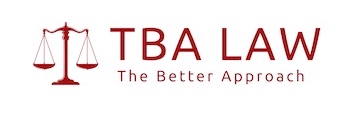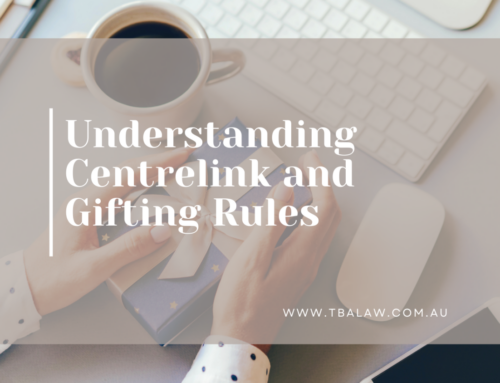What is a trust?
A Trust is an entity created to hold assets for the benefit of certain persons or entities, with a trustee managing the Trust (the legal owner). Most Trusts are founded by the person (settlor) who executes a written deed of Trust which establishes the Trust and sets out the terms and conditions upon which it will be administered.
Basically, a trust exists when someone holds property for the benefit of someone else. One useful metaphor I have heard is that you can think of a trust like a child’s little red toy cart. The child puts all their toys and possessions into the cart. The child can pull the cart around himself, or could get someone else to pull it around for him. If the child falls over, then his possessions are safe in the cart. In this example, whoever has control of the cart is the trustee of the trust. The child falling over could be likened to someone going bankrupt or some other crisis in their life.

Trusts have traditionally been used as a tax minimisation vehicle, and this is still one of the reasons why a family discretionary trust (“family trust”) is so popular with accountants, along with the income splitting ability. Over the years, quite a few of the tax advantages of various types of trusts have been scaled back, but they are still used as a structure for investment, operating a business or for asset protection and wealth creation.
There are a few main roles to be aware of when dealing with a trust:
- the trustee is the legal owner of the trust property. This is the person in control of the cart, using the above example. The trustee administers the trust, does the tax returns, controls distributions of income and capital, and runs any business that the trust operates. There can be more than one trustee, and the trustee can be an individual person or a company.
- the beneficiary is the person who benefits from the trust. They could hold a fixed percentage of the total value of the trust, or their interest could be at the discretionary of the trustee (like with a family discretionary trust). There are usually multiple beneficiaries and categories of potential beneficiaries who entitlements may vary. The trustee of the trust can also be a beneficiary (though this can remove some of the protection to assets that the trust could offer).
- the appointor is a role often used with a discretionary trust. This is a specific person, or sometimes a company, who has the power to remove or replace a trustee. Hence, this is a very powerful position.
- the settlor is an old fashioned role. This is generally a third party, such as the professional helping to set up the trust, and their only purpose is to found the trust by paying the first minimal payment in to the trust, and signing original documents. That is usually the extent of their involvement.
Types of Trusts
There are generally three ways in which a Trust can be created. Those created during the settlor’s life time (inter vivos Trusts), those created by Will, which is on the death of the testator (Testamentary Trusts) and then those created at law. Below is a table outlining some of the more common Trusts created during one’s life time and upon death.
Inter Vivos Trusts |
Testamentary
Trusts |
| Family Discretionary Trust |
Minor’s Trust |
|
Unit Trust |
Life Interest |
| Hybrid Trust (combination of a Unit and Discretionary Trust) |
Right to Reside |
|
Bare Trust |
Discretionary Trust |
|
Fixed Trust |
Protective Trust |
| Special Disability Trust | Special Disability Trust |
|
Education Trust |
Education Trust |
Advantages and Disadvantages of a Trust
Historically Trusts were used as a tax minimisation vehicle but over the years the Australian Government has removed many of the tax advantages afforded to the Trust structure. Today the main reasons an inter vivos Trust is created is for the purposes of investment, operating a business or for asset protection.
As outlined above there are numerous types of Trusts and each Trust is distinct in character therefore having their own advantages and disadvantages.
Generally speaking all Trusts can be placed into two categories; fixed or discretionary.
A fixed Trust simply means that the interest of beneficiaries of the Trust is defined, that is their entitlement to income and/or capital is fixed in percentage terms. For example in a bare Trust where there is one beneficiary and that beneficiary is entitled to 100% of the income and capital of the Trust.
A Discretionary Trust on the other hand means the Trustee of the Trust decides who of the many potential beneficiaries will be entitled to the income and capital in any given year. Therefore no one beneficiary has an absolute entitlement to the income and/or capital of the Trust.
In addition to Trusts which are fixed or discretionary there are also Trusts which are a hybrid of the two. For example the Trust terms may include fixed entitlements to capital but the Trustee has the discretion to pay the income to one or more of the beneficiaries or to accumulate (ie keep the income in the Trust rather than pay it to a beneficiary).




